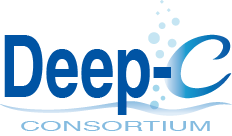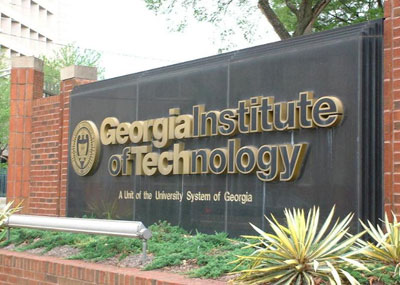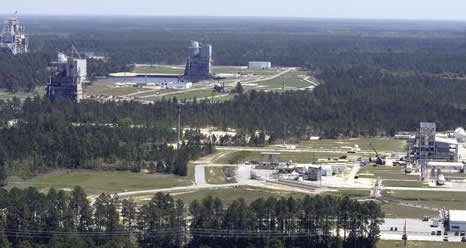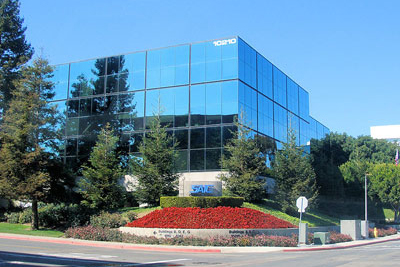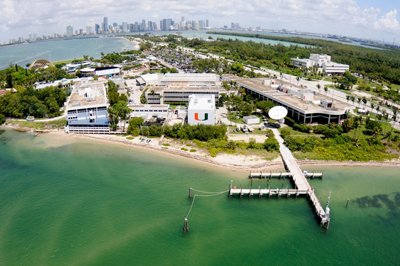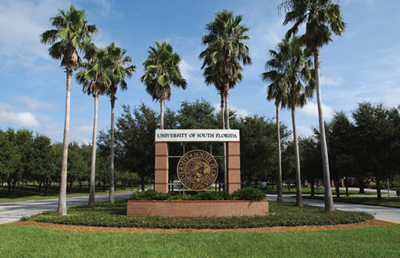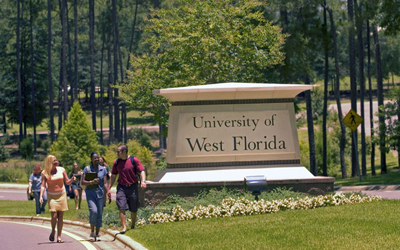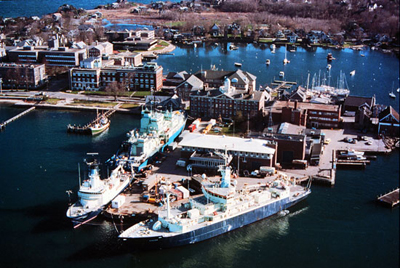Deep-C Consortium Members
Deep-C consists of ten major institutions that have been actively involved in assessing the impact of the Deepwater Horizon oil spill:
|
Florida State University
Florida State University (FSU) brings to bear a broad spectrum of expertise and capabilities of direct relevance to the Deepwater Horizon oil spill. Research conducted at FSU first provided realistic numbers of spilled oil, correcting estimates published by BP. FSU has also lead investigations on the influence of oil buried in Florida beaches on microbial community composition and the fate of embedded tar mats. Focus areas extend from marine ecology, fisheries, ocean modeling, winds, remote sensing and meteorology to economics, tourism and risk assessment and remediation. FSU is home to the Center for Ocean-Atmospheric Prediction Studies (COAPS), a center of excellence performing interdisciplinary research in ocean-atmosphere-land-ice interactions. FSU also has unique technical capabilities including high resolution petroleomics capabilities at the National High Magnetic Field Laboratory and high performance computing. |
Dauphin Island Sea Lab
The Dauphin Island Sea Lab (DISL), located in southern Mobile County off Alabama's Gulf Coast, is well-known for their excellence in education and outreach programming. As a marine laboratory, DISL's mission encompasses marine science education, marine science research, coastal zone management policy and educating the general public through the Estuarium, Dauphin Island Sea Lab's public aquarium. The lab partners with more than 20 colleges and with primary schools to offer marine science coursework up to the graduate level. The research programs of the Dauphin Island Sea Lab range from biogeochemistry and oceanography to systems ecology. Most research focuses on the near-shore and estuarine processes of Mobile Bay, field sites of our internationally-renowned faculty include Mexico, Australia, and Croatia and other countries. |
|
|
Georgia Institute of Technology The Georgia Institute of Technology (GA Tech) is one of the nation's top research universities, distinguished by its commitment to improving the human condition through advanced science and technology. Georgia Tech lead investigations on the influence of oil buried in Florida beaches on microbial community composition and the fate of embedded tar mats. |
Naval Research Laboratory at the The Naval Research Laboratory (NRL) at the Stennis Space Center, a tenant activity at NASA's Stennis Space Center, is located in the southwest corner of Mississippi about 50 miles northeast of New Orleans, Louisiana, and 30 miles from the Mississippi Gulf Coast. Stennis Space Center encompasses over 200 square miles of land area. The NRL brings to the table its extensive ocean prediction capabilities and advanced computing resources – they provided the ocean current forecasts that were used to predict the oil pathways during the DwH spill. |
|
|
Norwegian Meteorological Institute The Norwegian Meteorological Institute is the world leader in oil spill prediction. The Institute is located in Oslo, Bergen and Tromsø. It produces operational weather forecasts using the Unified Model software for Numerical Weather Prediction assisted by human forecasters.Their mission is to protect life, property and the environment, and to provide the meteorological services required by society. The Institute is a partner to a number of international research and monitoring projects. |
Science Application International Corporation Science Application International Corporation (SAIC) is a scientific, engineering, and technology applications company that uses its deep domain knowledge to solve problems of vital importance to the nation and the world, in national security, energy & environment, health and cybersecurity. SAIC has been a major player in Gulf of Mexico field observations in support of Bureau of Ocean Energy Management, Regulation and Enforcement. |
|
|
University of Miami, Rosenstiel School of Marine & Atmospheric Science The University of Miami, Rosenstiel School of Marine & Atmospheric Science (UM/RSMAS) offers broad-based expertise in a variety of disciplines that have direct relevance to the Deepwater Horizon oil spill in the Gulf of Mexico. Focus areas within UM/RSMAS, one of the world's premier marine and atmospheric research institutions, include satellite remote sensing, oceanography, meteorology, marine geology, disturbance ecology, marine connectivity, fisheries science, ocean chemistry, environmental policy, oceans and human health, and economics. Investigations conducted at the Rosenstiel School are supported by UM's state-of-the-art supercomputing facility, the Center for Computational Science. The University of Miami brings unique expertise in the area of tropical cyclones impact as well as ocean and oil modeling. |
University of South Florida
The University of South Florida (USF) has been on the forefront of the response to the DwH spill since the first few weeks, and brings considerable skills and knowledge gained from this experience. Being the primary user of the Florida Institute of Oceanography's research vessels, including the new, well-equipped 115 ft long R/V Weatherbird II, USF scientists maintain an extensive ocean observing system required for modeling and prediction of oceanographic phenomena. USF scientists have mapped sections of the seafloor of Florida's coastal ocean using the latest geoacoustic and photo imaging tools that would be essential for post-contamination comparative purposes. Finally, scientists and engineers at USF bring decades of oceanographic research on Florida's Gulf of Mexico coastal ocean, coastline, and estuaries providing baseline information from which oil impact assessments can be made. |
|
|
University of West Florida
The University of West Florida (UWF) is situated near the westernmost border of Florida. Faculty, staff, and students are active in marine ecology, fisheries, economics, tourism and oil bioremediation. UWF has been on the forefront of the response to the DwH spill since the first few weeks, and brings considerable skills and knowledge gained from this experience. The Center for Environmental Diagnostics and Bioremediation (CEDB) is a small environmental research group focusing on microbial processes and biogeochemistry in the open ocean, estuaries, and watersheds, including bioremediation and pollution studies, working with academic departmental faculty in Biology, Chemistry and Environmental Studies. |
Woods Hole Oceanographic Institution Woods Hole Oceanographic Institution (WHOI) is dedicated to research and higher education at the frontiers of ocean science. Its primary mission is to develop and effectively communicate a fundamental understanding of the processes and characteristics governing how the oceans function and how they interact with Earth as a whole. WHOI has extensive experience in detailed characterization of oil and are world leaders in the study of the environmental fate of oil spills. And WHOI scientists have been studying the impact of oil spills and other contaminants on coastal ecosystems, with a particular eye on how the compounds disperse and decay with time. |
Deep-C was a four-year, interdisciplinary study of deep sea to coast connectivity in the northeastern Gulf of Mexico.Deep-C is no longer an active research project. The information on this website is for historical reference purposes only.
Home | About Us | Research Areas | Data Center | News & Multimedia | Education & Outreach
© Deep-C Consortium. All Rights Reserved.
This research was made possible by a grant fromThe Gulf of Mexico Research Initiative (GoMRI).
Copyright | Disclaimer | Privacy Policy
